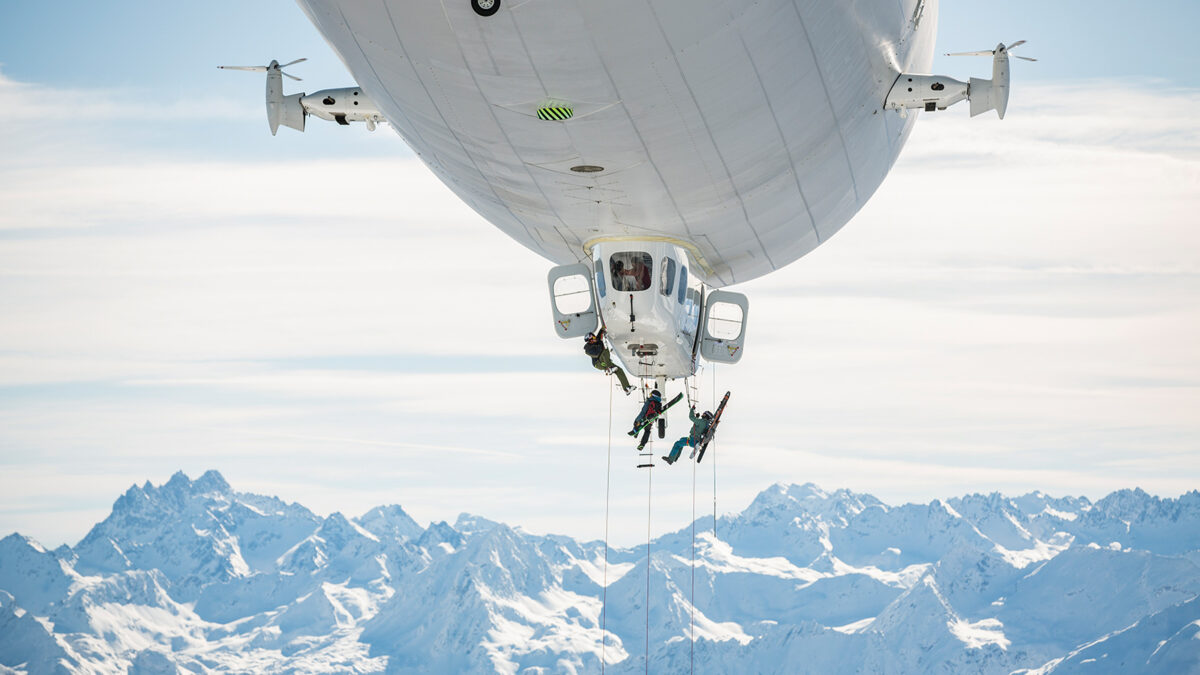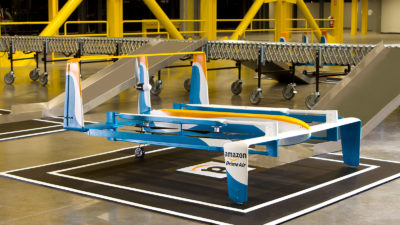No “flight shaming” here: Airships leverage eco-friendliness
By Alan Farnham|December 2019
The Lighter-Than-Air Systems Technical Committee stimulates development of knowledge related to airships and aerostats for use in a host of applications from transportation to surveillance.
This may go down as the year “flight shaming” really got off the ground. In September, Alexandre de Juniac, head of the International Air Transport Association, called the trend — in which environmentally concerned travelers choose trains over planes — the biggest threat to air travel in Europe and said it would spread to the United States and other developed countries. Against this backdrop, advocates for airships and airship-related ventures sang the environmental merits of lighter-than-air systems. Carried aloft more by lifting gas than motors, airships leave a dainty carbon footprint. Moreover, their lift and surface area make them promising candidates for electric and solar-electric propulsion.
In April, England’s Hybrid Air Vehicles Ltd. announced it would explore electric propulsion via a partnership with Collins Aerospace and the University of Nottingham, with funding from the United Kingdom Aerospace Research and Technology Program. The objective of the project, named E-HAV1, is to deliver a full-sized prototype 500-watt electric motor for ground testing and eventual use on a production model Airlander 10.
Swedish travel company OceanSky said in June it had selected Airlander 10 as its preferred platform for environmentally friendly trips to the North Pole starting in 2023. Up to 16 passengers would make a three-day passage from an archipelago in Norway to the North Pole and back, landing at the pole. Priced at some $79,000 per double-
occupancy cabin, the trips, according to OceanSky CEO Carl-Oscar Lawaczeck, will appeal to travelers wanting to contribute to “the development of sustainable travel.”
In July, a team led by the International Institute for Applied Systems Analysis published in the journal Energy Conservation and Management a scheme for using airships to usher in a hydrogen economy. A fleet of automated, unmanned, hydrogen-filled cargo airships would circumnavigate the Earth with the jet stream for propulsion. On landing, they would offload their cargo and about 80% of their hydrogen (for terrestrial fuel) and then fly home to pick up more freight. Lead author Julian Hunt notes the plan would eliminate the expense and energy cost of having to liquefy hydrogen for transport.
This year saw the birth of Zeppelin-skiing. In March, three freeriders (one snowboarder and two skiers) flew by Zeppelin from Germany to Austria, where they hovered over the 2,200-meter Kleiner Valkastiel peak. They shimmied down a 50-meter rope, alighted on the mountain and began their downhill run. Lensecape Productions captured it all on a four-minute video, which was viewed 6 million times.
Defense and border-protection agencies showed new commitment to flying tethered aerostats for data collection and surveillance. Maryland-based TCOM in September announced it had won a $979 million contract from the U.S. Department of Defense to support Army aerostats, including 23 deployed in Afghanistan, Iraq and North Africa. ILC Dover built new envelopes for the U.S. Customs and Border Protection agency’s Tethered Aerostat Radar System, delivering two of 420,000 cubic feet (12,000 cubic meters) each and a third of 275,000 cubic feet (7,700 cubic m).
Helium prices spiked for the third time since 2006, creating gas shortages. Phil Kornbluth, president of Kornbluth Helium Consulting, in August predicted shortages would persist through the end of 2019 and then would ease somewhat, owing to increased production.
The year marked the 90th anniversary of the Graf Zeppelin’s around-the-world flight, which set records for distance and duration that still stand, and the 100th anniversary of R34’s double-crossing of the Atlantic (complete with stowaway and cat).



































